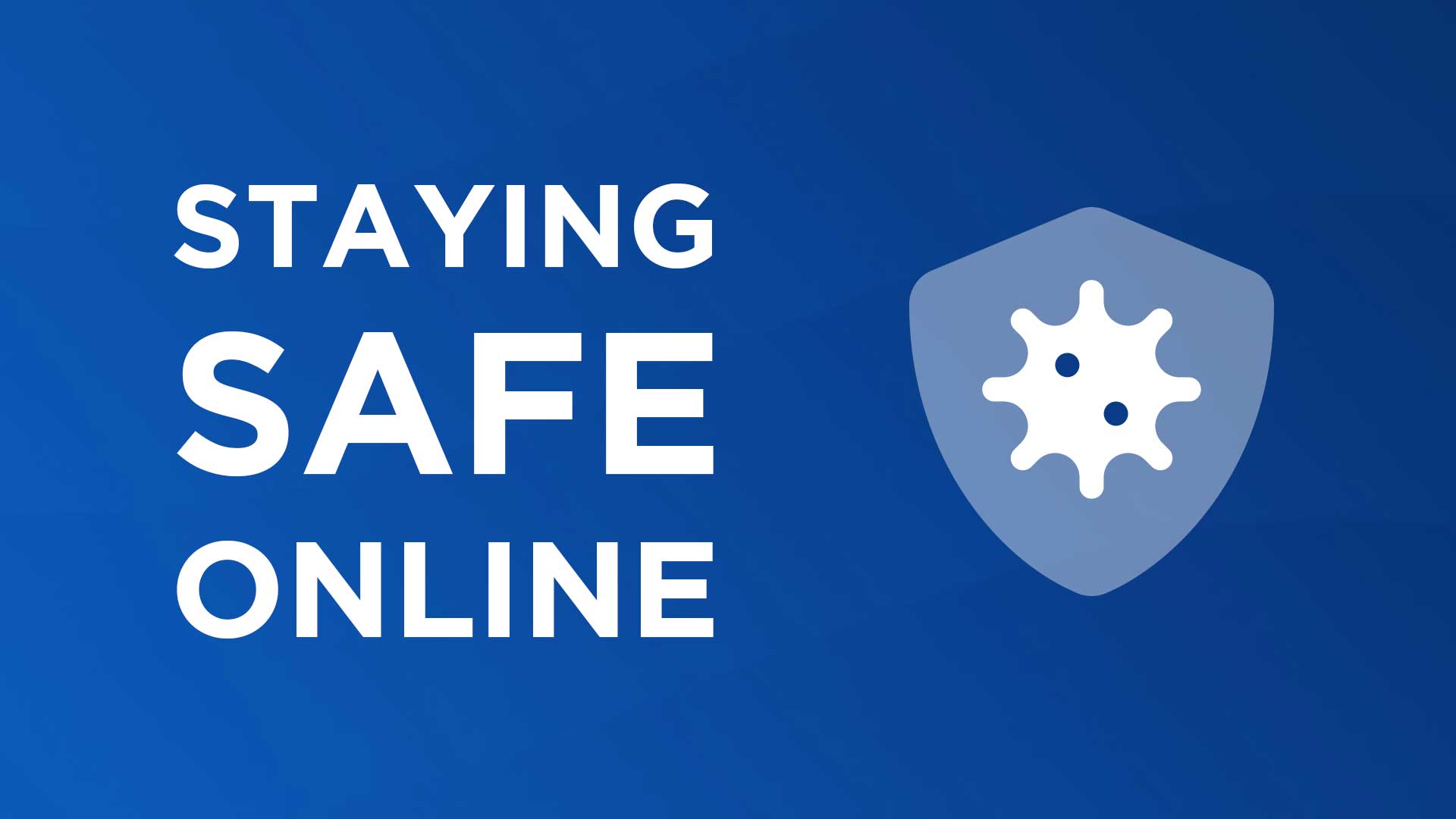Staying safe online is crucial in today’s digital age where cyber threats are prevalent. Here are essential tips to help you maintain your online safety:
- Use Strong, Unique Passwords:
- Create complex, unique passwords for each of your online accounts. Use a combination of letters, numbers, and special characters. Consider using a reputable password manager to generate and store your passwords securely.
- Enable Two-Factor Authentication (2FA):
- Whenever possible, enable 2FA on your online accounts. It adds an extra layer of security by requiring a second form of verification, such as a one-time code from an authenticator app or sent via SMS.
- Keep Software and Operating Systems Updated:
- Regularly update your operating system, software, apps, and antivirus programs. Updates often include security patches that address vulnerabilities.
- Beware of Phishing Scams:
- Be cautious when clicking on links or opening email attachments, especially if they come from unknown or suspicious sources. Phishing emails often mimic trusted organizations to trick you into revealing sensitive information.
- Use Secure and Unique Wi-Fi Passwords:
- Protect your home Wi-Fi network with a strong, unique password. Avoid using default passwords provided by your router manufacturer. Use WPA3 encryption if available.
- Employ a Firewall and Antivirus Software:
- Use a firewall to block unauthorized access to your computer or network. Install reputable antivirus and anti-malware software to detect and remove threats.
- Be Wary of Public Wi-Fi:
- Avoid conducting sensitive transactions or accessing confidential information on public Wi-Fi networks. If you must use public Wi-Fi, consider using a virtual private network (VPN) for added security.
- Secure Your Social Media Profiles:
- Review and adjust your privacy settings on social media platforms to control who can see your information. Be cautious about sharing personal details online.
- Regularly Back Up Data:
- Regularly back up your important data to an external device or a secure cloud storage service. In the event of data loss due to malware or hardware failure, you can restore your information.
- Use Encrypted Messaging and Email Services:
- When sending sensitive information, use encrypted messaging apps like Signal or secure email services like ProtonMail. Encryption helps protect the confidentiality of your messages.
- Monitor Your Financial Statements:
- Regularly review your bank and credit card statements for unauthorized transactions. Report any suspicious activity to your financial institution immediately.
- Educate Yourself:
- Stay informed about common online threats and scams. Understand how phishing, ransomware, and other cyberattacks work to better protect yourself against them.
- Secure Your Devices:
- Lock your devices with a strong PIN, password, or biometric authentication (fingerprint, face recognition). Enable device encryption if available.
- Use Caution with Downloads:
- Only download files, software, and apps from reputable sources. Be wary of downloading from unverified websites or using pirated software.
- Teach Online Safety to Others:
- Educate your family members, especially children, about online safety practices and the potential dangers of the internet.
- Regularly Review Privacy Settings:
- Periodically review the privacy settings on your online accounts and adjust them to your comfort level. Ensure that you’re only sharing information with the intended audience.
- Verify Before Sharing:
- Before sharing sensitive information or making transactions online, verify the legitimacy of the website, email, or individual you’re interacting with.
By following these online safety tips, you can significantly reduce your risk of falling victim to cyber threats and protect your personal information and digital identity. Remember that cybersecurity is an ongoing effort, so stay vigilant and stay informed about emerging threats and best practices.
